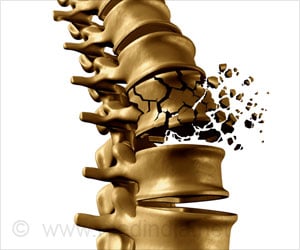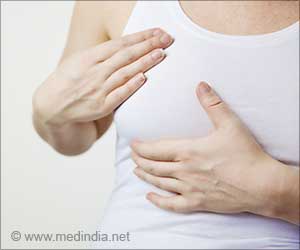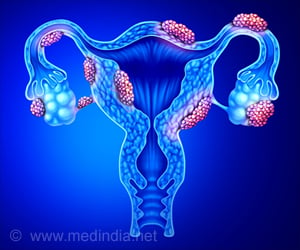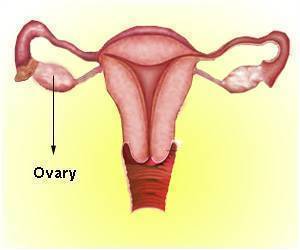A study has looked into the maternity records of more than 6,000 women and has observed a strong correlation between the size and shape of a woman’s hips and her daughter’s risk of breast cancer.
A study conducted by David J.P. Barker, M.D., Ph.D., and Kent Thornburg, Ph.D., of Oregon Health & Science University, has looked into the maternity records of more than 6,000 women and has observed a strong correlation between the size and shape of a woman’s hips and her daughter’s risk of breast cancer. The researchers suggest that wide and round hips corresponds to high sex hormone concentrations in the mother, which increases the daughter’s vulnerability to breast cancer.
A woman’s hips are shaped at puberty when the growth of the hip bones is controlled by sex hormones but is also influenced by the level of nutrition. Every woman has a unique sex hormone profile, which is established at puberty and persists through her reproductive life. The study’s findings show for the first time that the pubertal growth spurt of girls is strongly associated with the risk of breast cancer in their daughters.The study, carried out with colleagues in Finland and the United Kingdom., is described in an article just published online by the peer-reviewed American Journal of Human Biology. The authors followed up on 6,370 women born in Helsinki from 1934 to 1944 whose mothers’ pelvic bones were measured during routine prenatal care. The study found that breast cancer rates were more than three times higher among the women in the cohort, born at or after term, whose mothers had wide hips. They were more than seven times higher if those mothers had already given birth to one or more children.
A woman’s vulnerability to breast cancer, the study found, was greater if her mother’s “intercristal diameter” – the widest distance between the wing-like structures at the top of the hip bone – was more than 30 centimeters, or 11.8 inches. The risk also was higher if these wing-like structures were round. The breast cancer risk was 2.5 times higher for the daughters of women in whom the widest distance was more than 3 centimeters greater than the distance at the front.
Barker, professor of medicine (cardiovascular medicine) in the OHSU School of Medicine as well as professor of clinical epidemiology at the University of Southampton in the U.K., is internationally known for discovering the relationship between low birth weight and the lifetime risk for coronary heart disease and other medical disorders, which the British Medical Journal has named the Barker Hypothesis. He has published more than 200 papers and written or edited five books about the developmental origins of chronic disease. He was honored in 2005 with the prestigious Danone International Prize for Nutrition for his pioneering research.
The OHSU study published today proposes that breast cancer is initiated in the first trimester of a pregnancy by exposure of the embryo’s developing breast tissue to the mother’s circulating sex hormones. The primary mammary cord, which gives rise to milk-producing breast lobules, develops in the fetus at 10 weeks. The fetal breast is known to be stimulated by circulating hormones; the intensity of the stimulation is such that half of all newborn babies have breast secretions.
“Our findings support the hypothesis that wide round hips reflect high levels of sex hormone production at puberty, which persist after puberty and adversely affect breast development of the daughters in early gestation,” the authors commented. They could only speculate, they said, on the exact nature of this adverse effect but pointed out: “Catechol estrogen, a metabolite or estradiol, is thought to cause chromosomal instability by breaking DNA strands. High catechol estrogen concentrations in the maternal circulation could produce genetic instability in differentiating breast epithelial cells, which would make the breast vulnerable to cancer in later life.”
The daughters who were the subjects of the study were all born during 1934-1944 at either Helsinki University Central Hospital or City Maternity Hospital, the two maternity hospitals in Finland’s capital. The occurrence of breast cancer among them was ascertained from national registers of all hospital admissions and deaths in Finland. Three hundred of them had had breast cancer of whom 48 died from the disease. Their mean age when they were diagnosed was 54.
Source-Eurekalert
GAN/C











